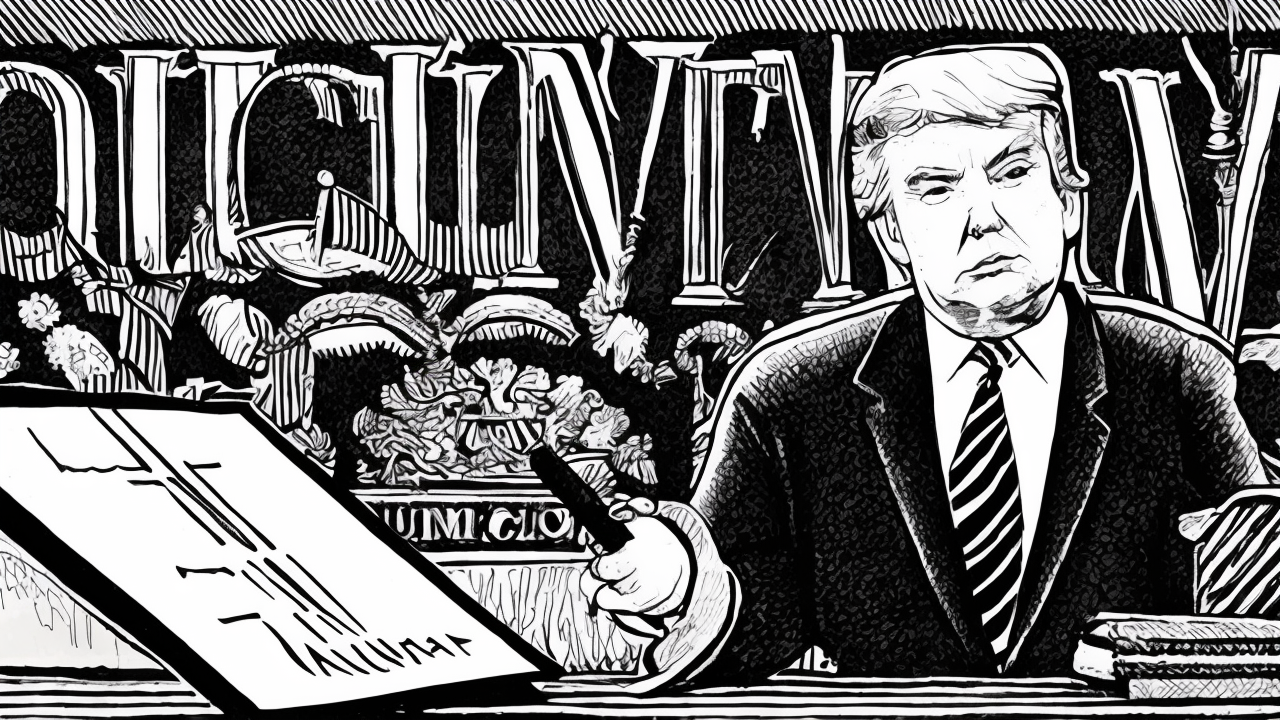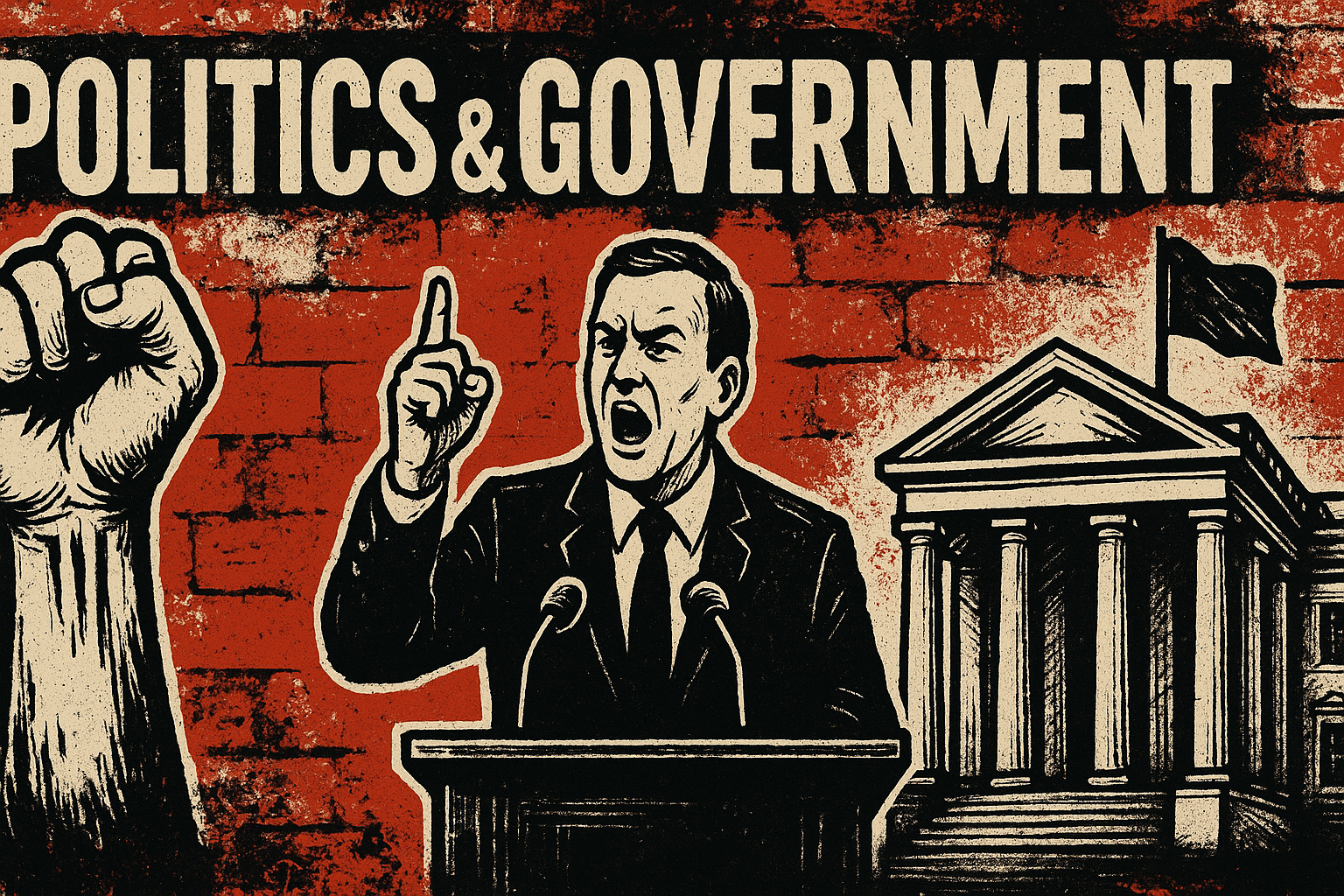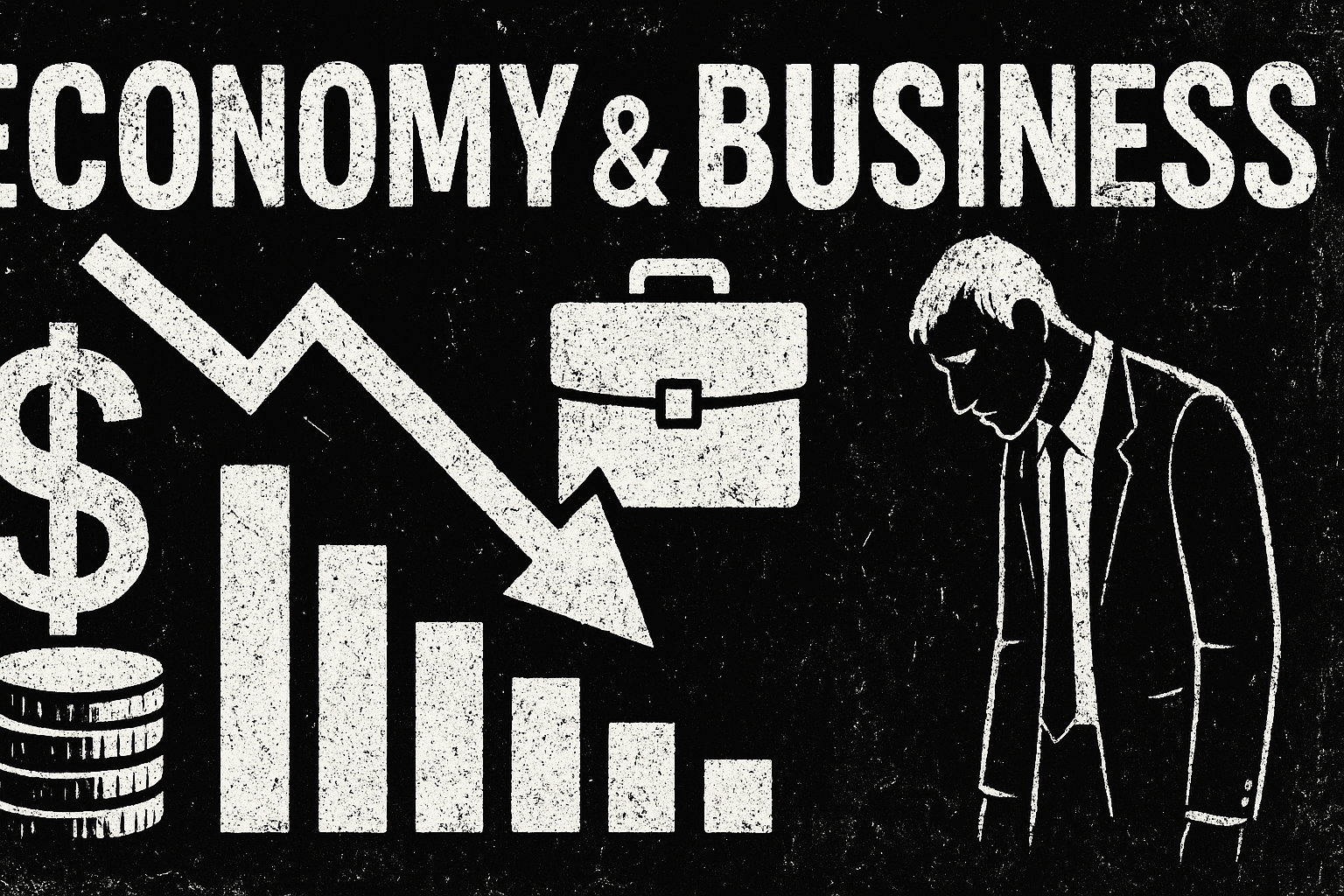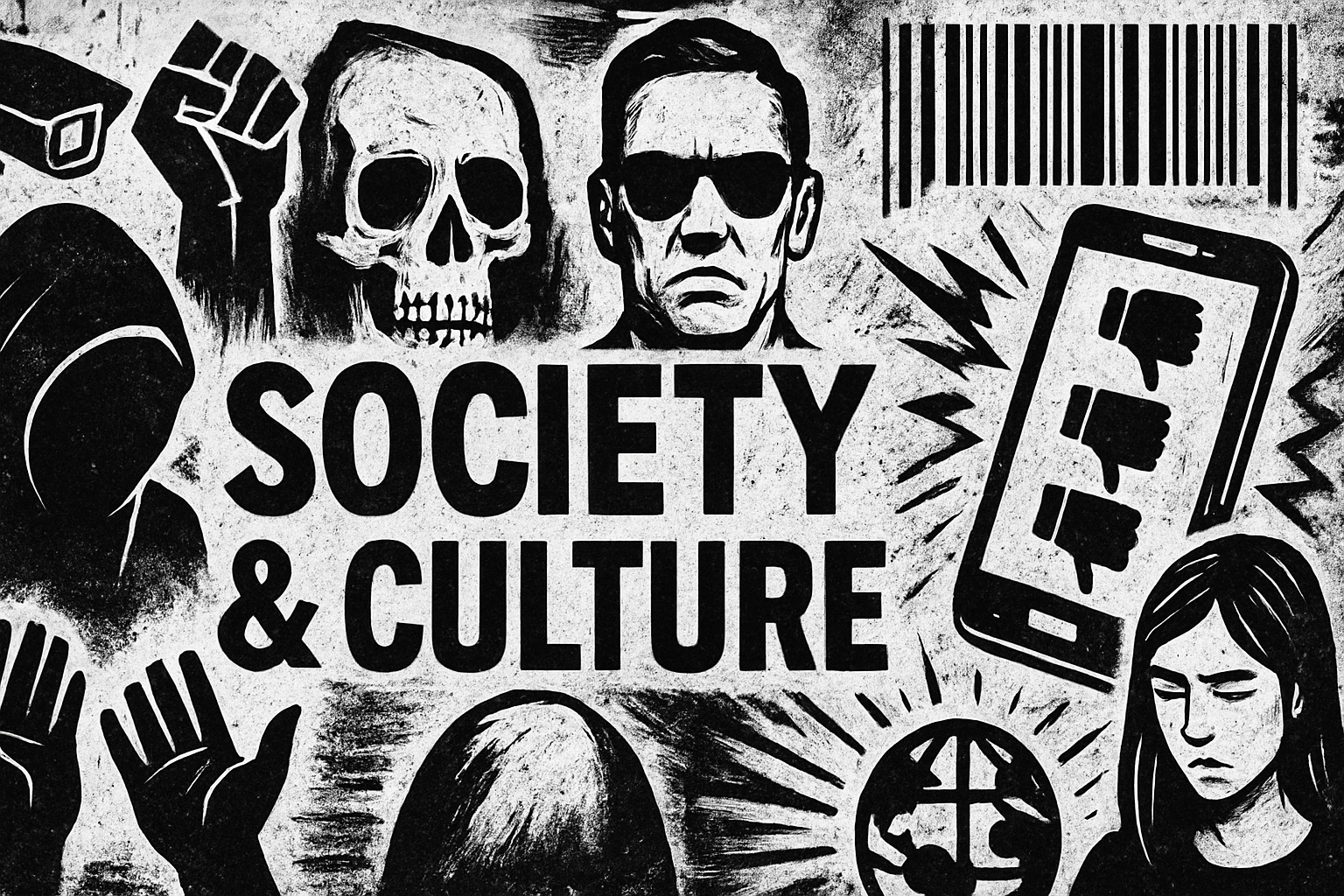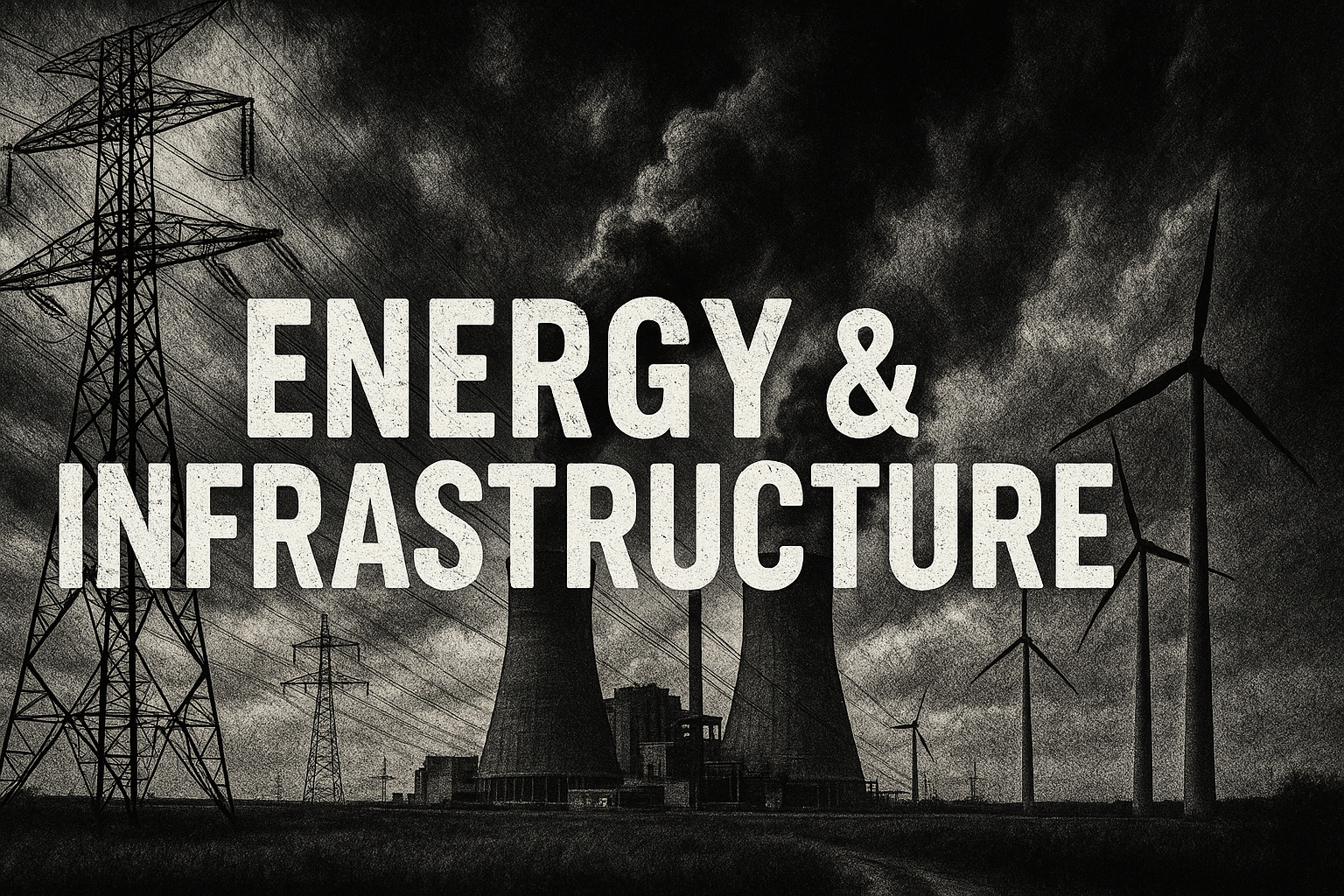Administration’s Monetary Policy Approach Draws Criticism

The administration has drawn sharp criticism for its approach to monetary policy and interest rates, with some accusing officials of browbeating government employees and displaying a lack of economic understanding. Vice President J.D. Vance recently supported a free-market approach to regulating cryptocurrency, advocating for a “common sense” framework. However, the administration has largely abandoned free-market principles in other areas, including trade policy and corporate acquisitions.
Critics argue that the administration’s attacks on the Federal Reserve, such as Commerce Secretary Howard Lutnick’s claim that the U.S. should not have the highest interest rates among first-class countries, reveal a misunderstanding of how the Fed operates. The Fed does not “set interest rates” but influences the federal funds rate, which affects short-term borrowing costs. Even this influence is indirect and imperfect, as the effective federal funds rate often deviates from the target.
Moreover, fiscal policy plays a significant role in shaping interest rates. Under the Trump and Biden administrations, federal debt increased by $8.3 trillion and $7.7 trillion, respectively. This massive borrowing has strained the government’s ability to control interest rates, as higher inflation and reduced demand for Treasuries can push rates upward.
The administration’s focus on scapegoating the Fed rather than addressing fiscal and economic policies risks exacerbating these challenges. To improve monetary policy and economic outcomes, officials must acknowledge the limits of the Fed’s influence and prioritize responsible fiscal stewardship.
Published: 6/30/2025







